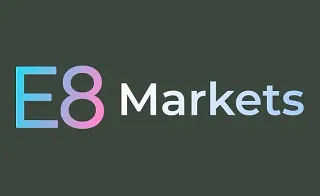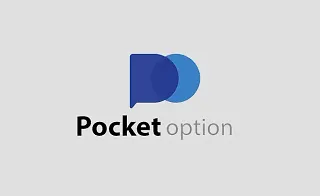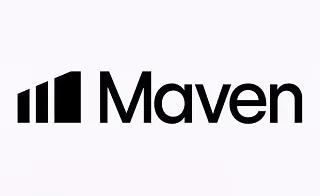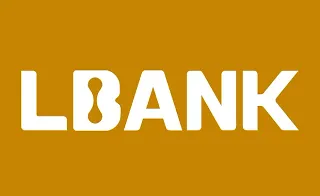The New Day Opening Gap (NDOG) refers to the price difference between the market's closing price and its reopening price in the following day.
For example, in U.S. indices, the market closes at 5 PM (New York time) and reopens at 6 PM (New York time).
Traders use this analytical method to monitor liquidity flows and implement the ICT strategy.
For more information and access to the NDOG indicator, refer to the links below:
- NDOG Indicator for MetaTrader 4;
- NDOG Indicator for MetaTrader 5;
- NDOG Indicator for TradingView.
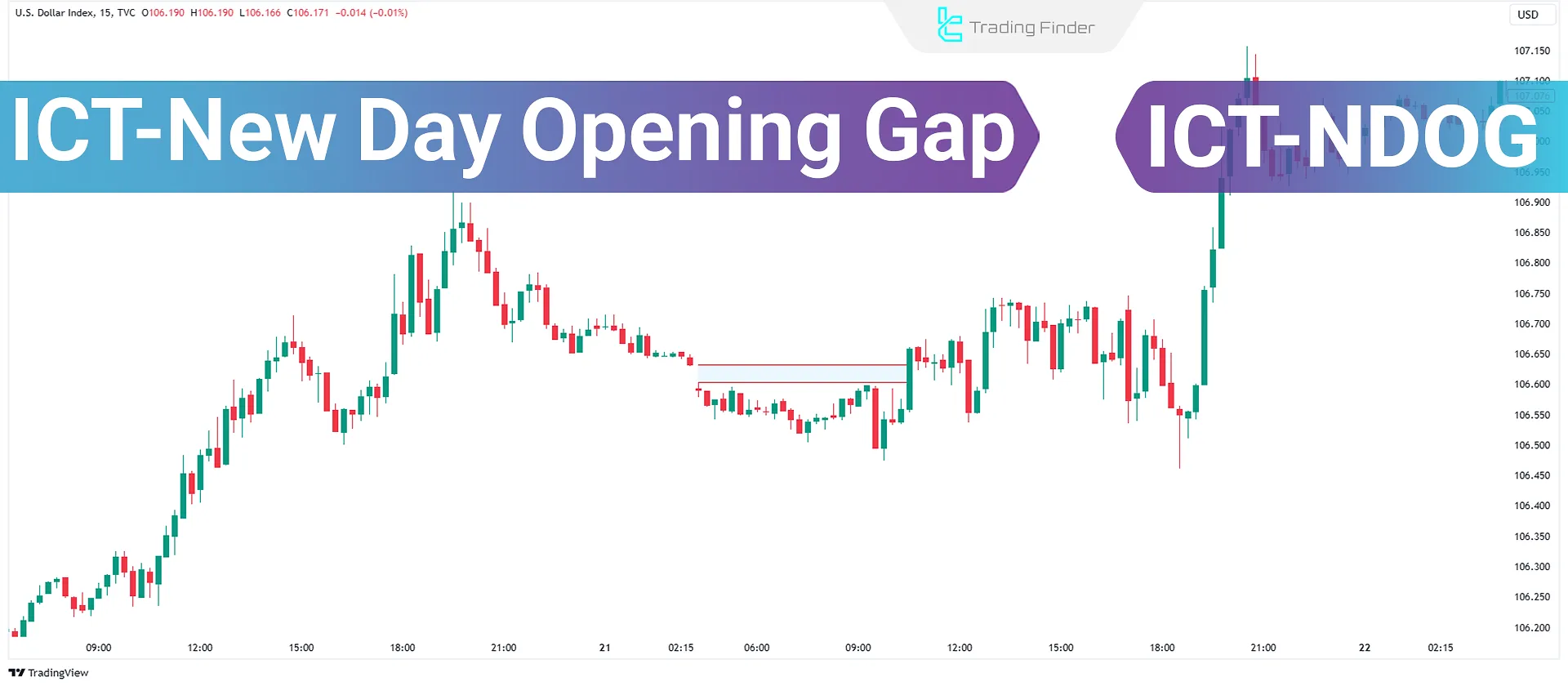
Reasons for NDOG Formation
- Release of significant news outside trading hours;
- Changes in market supply and demand;
- Sudden decisions by large institutional traders.
Advantages of Using NDOG
- Multiple trading opportunities: NDOG gaps frequently occur in the market;
- Applicability across financial markets: This strategy can be used in stocks, forex, futures, and cryptocurrencies;
- High predictability: Price behavior around gaps often follows specific patterns.
How to Use NDOG at the Start of a New Day?
- Identify the gap: Mark the previous day's closing price and the new day's opening price (NDOG) on the chart;
- Observe price reaction: If the price tends to fill the gap, apply a gap-fill strategy. If the price moves toward the gap, traders should seek confirmation of trend continuation;
- Enter the trade: For a gap-fill strategy, enter trades opposite to the gap direction. For a trend continuation strategy, enter trades in the gap's direction;
- Exit the trade: Set your take profit and stop loss levels by using key price levels or the point where the price returns to the gap's starting position.
Finding Entry Points Using the 50% NDOG Level
One of the most important NDOG trading methods involves the 50% level of the gap. This level often triggers significant price reactions.
To calculate the exact 50% level, use the 0, 0.5, and 1 levels of Fibonacci tool.
Applications of NDOG in Trading
- Identifying key levels: NDOG and NWOG gaps are reference points for support and resistance levels;
- Plotting multiple NDOGs: Draw at least five NDOGs on the chart for better understanding of price behavior;
- Analyzing lower timeframes: After identifying NDOGs on daily charts, switch to lower timeframes (e.g., 5- or 15-minute) to find precise entry points.
Key Times for Using NDOG
- Early trading hours: The first 1-2 hours after the market opens are critical for identifying and trading gaps;
- Trading sessions: Price reactions to gaps vary across different market sessions (Asia, Europe, U.S.);
- London session: High volumes and frequent gap fills;
- New York session: Confirmation or continuation of gap trends.
Advanced NDOG Tips
- Multi-day gaps: Gaps spanning multiple trading days provide stronger levels for analysis;
- Larger-than-average gaps: Pay attention to gaps larger than the daily average for significant signals;
- Market trend alignment: Gaps aligned with the overall market trend are more likely to succeed;
- Monitor news and data: Gaps caused by economic news or significant reports offer stronger signals.
NDOG Buy Strategy
In bullish scenarios, the strategy splits into two approaches:
- Price above the NDOG level: Wait for the price to return to the NDOG level and test it. After observing signs of price reversal on lower timeframes (like market structure shift), enter a buy position, targeting liquidity levels;
- Price below the NDOG level: If the price tests the NDOG level and closes above it, this level acts as support; It will confirm the bullish analysis.

The Nasdaq chart in the 5-minute timeframe illustrates the functioning of NDOG (New Day Opening Gap) in an uptrend.
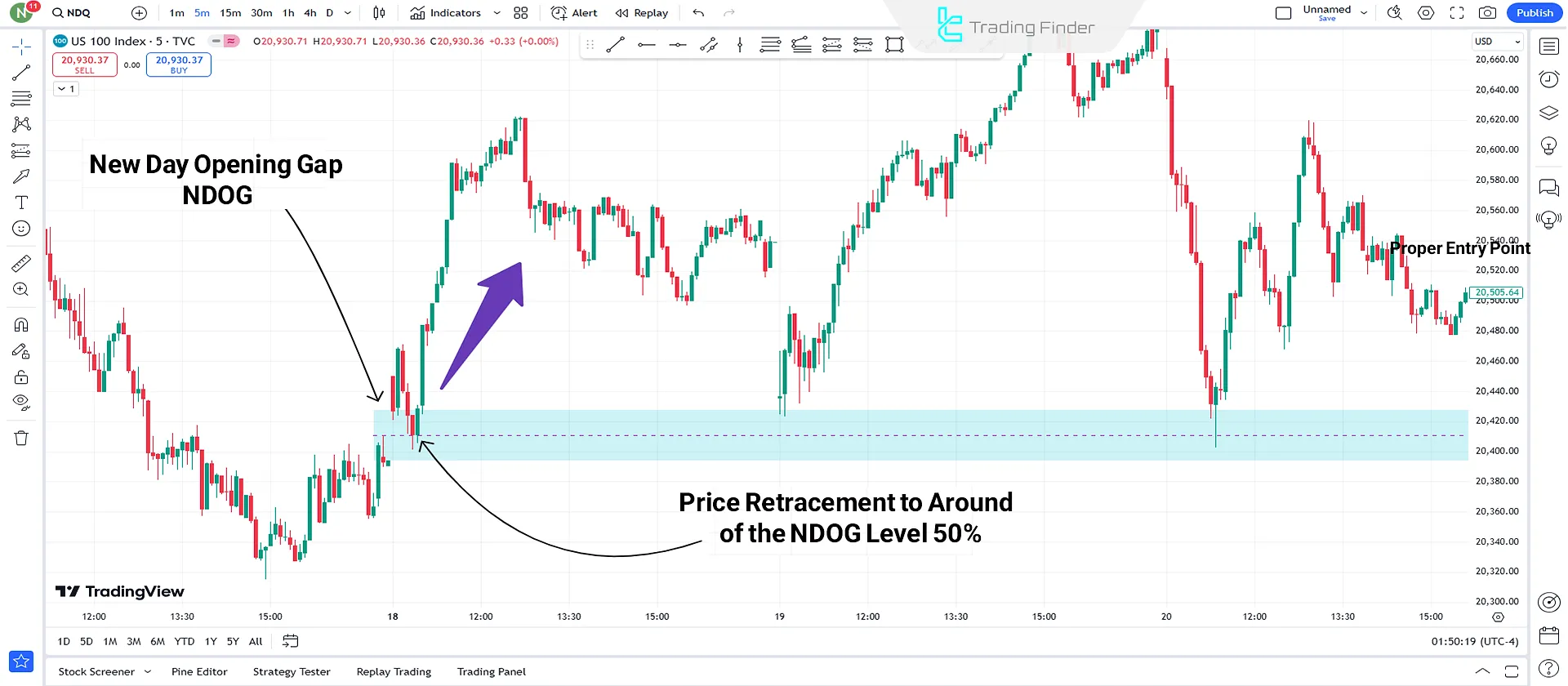
NDOG Sell Strategy
In bearish scenarios, the strategy splits into two approaches:
- Price below the NDOG level: Wait for the price to return to the NDOG level and test it. After observing signs of price reversal on lower timeframes (e.g., structure changes), enter a sell position, targeting liquidity levels;
- Price above the NDOG level: If the price tests the NDOG level and closes below it, this level acts as resistance, confirming the bearish analysis.
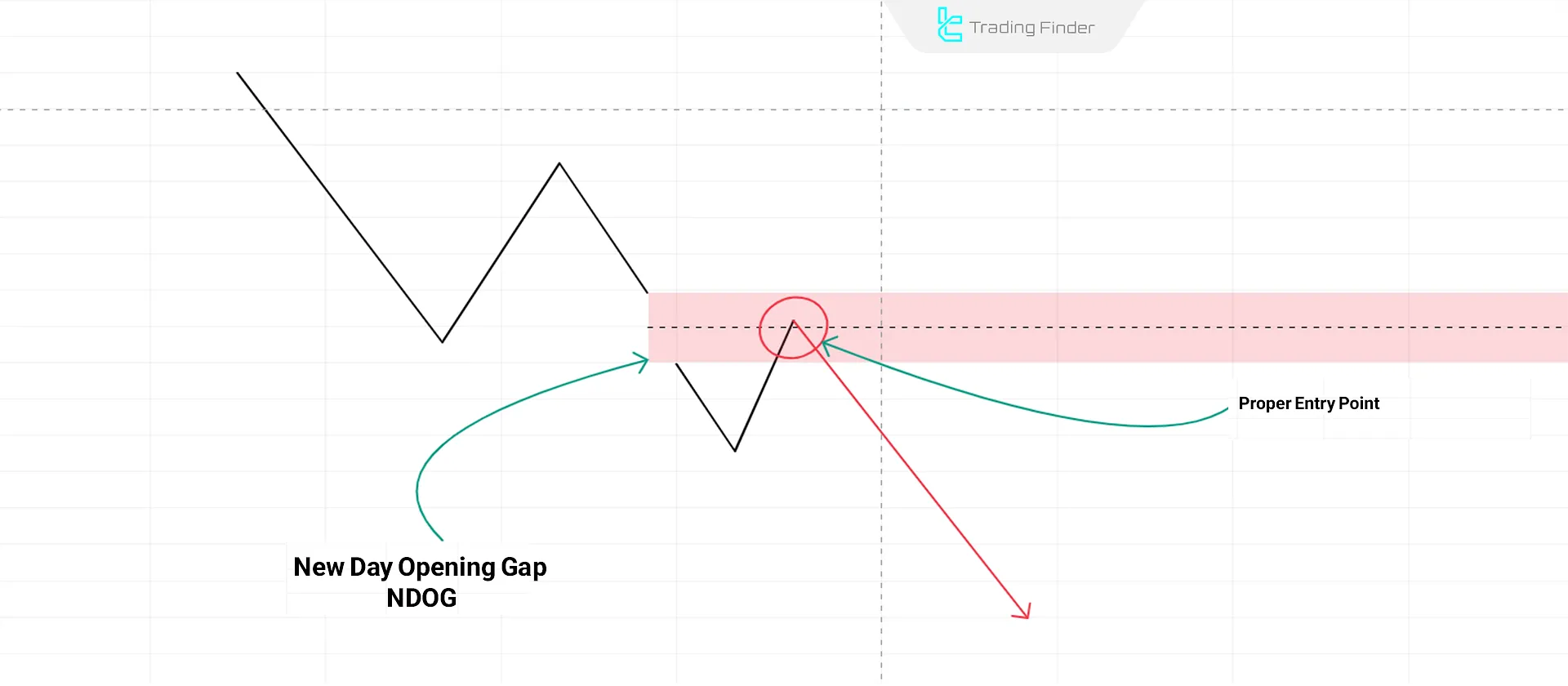
The Dow Jones chart in the 5-minute timeframe illustrates how NDOG (New Day Opening Gap) operates in a downtrend.
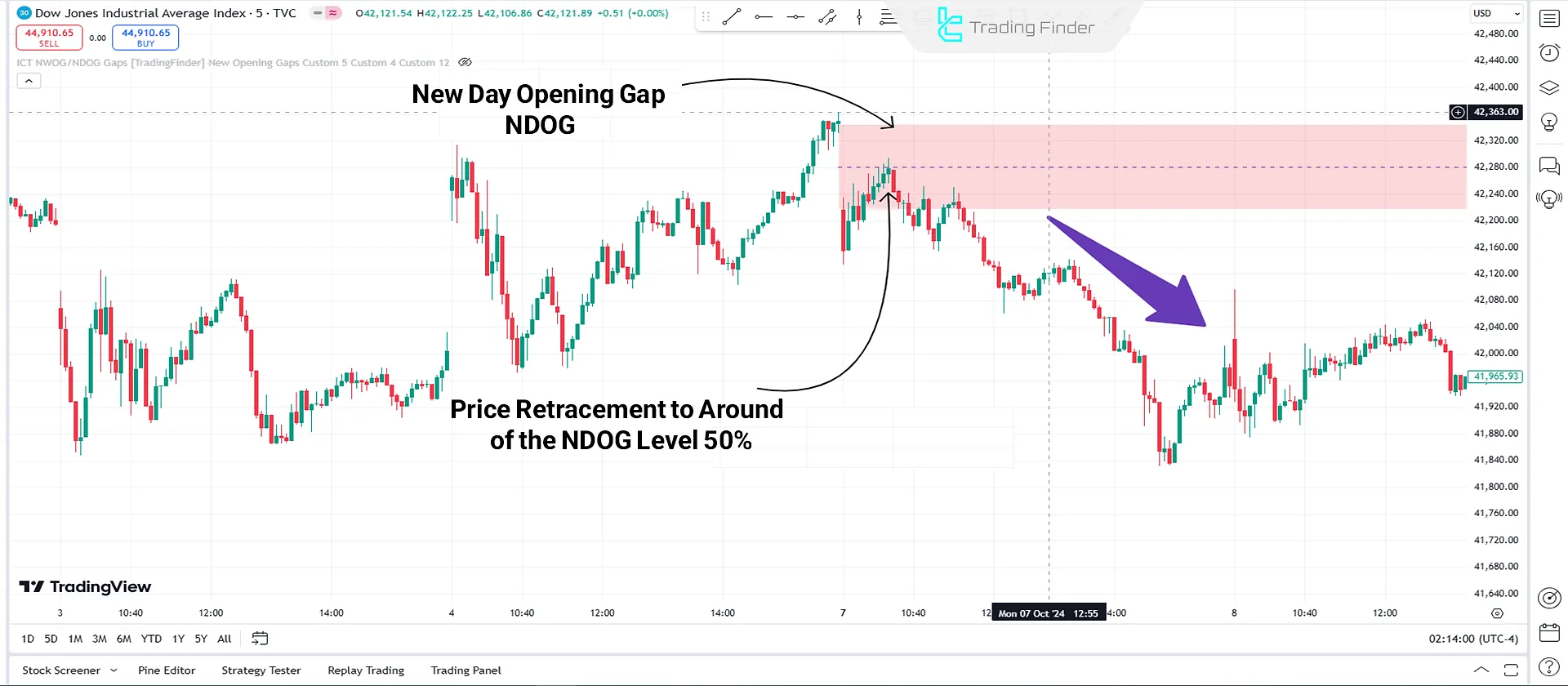
Comparison of NDOG Across Markets
Comparing markets using NDOG provides a better understanding of how this method applies to different trading conditions:
Markets | Frequent Gaps | Gap Impact | Gap Fill Likelihood |
Forex | Start of sessions | Moderate to high | High |
Stocks | Daily | High | Moderate |
Futures & Commodities | Weekends and overnight | Moderate to high | Moderate to high |
Indices | Daily | High | Moderate |
Cryptocurrency | Less frequent | Moderate | Low |
Bonds | News-driven | Moderate | Moderate |
Conclusion
The NDOG (New Day Opening Gap) is a straightforward yet effective trading method for analyzing market behavior during daily openings.
This approach helps identify profitable opportunities during early market volatility. However, success in this style requires proper risk management, practice, and experience.

